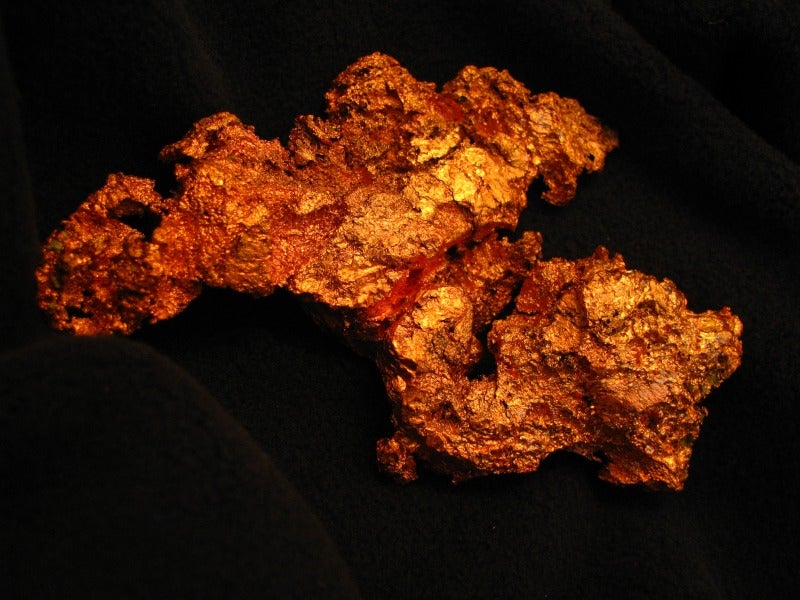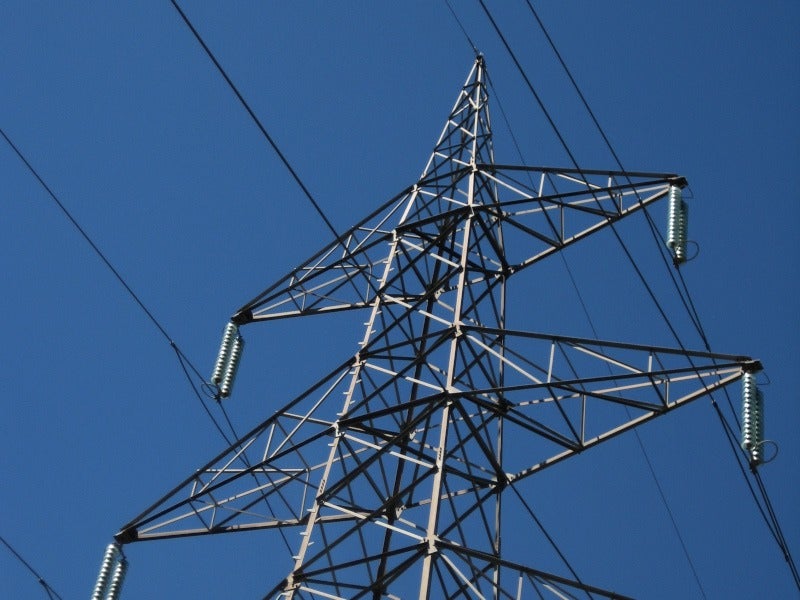The Rosemont copper project is an open-pit mine located in the Pima County, Arizona, US. The project is 100% owned by Hudbay’s subsidiary, Rosemont Copper Company, and is being developed with an estimated investment of approximately $1.9bn.
The copper mine is expected to produce 127,000 tons per annum (tpa) of copper and is anticipated to be the third biggest copper mine in the US upon commencing production.
Feasibility study of the project was completed in March 2017, while all government permits were received by March 2019.
The project is estimated to create more than 500 direct jobs.
Rosemont copper project location, geology, and mineralization
The Rosemont copper project is located in the historic Helvetia-Rosemont mining district approximately 50km south-east of Tucson, Pima County, Arizona.
The project area is situated in the northern block of the Santa Rita Mountains in the Laramide belt that extends approximately 1,000km from Arizona to Sinaloa.
The Rosemont deposit primarily consists of Precambrian granite along with Paleozoic and Mesozoic sediments on the eastern and northern regions. Copper-molybdenum-silver-gold mineralization at the mine is hosted within skarn rocks.
The skarn is formed due to the intrusion of quartz latite to quartz monzonite porphyry intrusions in the Paleozoic rocks. The deposit also contains bornite, chalcopyrite, and molybdenite mineralization in the form of veinlets and disseminations.
Rosemont copper project reserves
The proven and probable mineral reserves at Rosemont mine are estimated to be 537Mt grading 0.45% copper, 0.012% molybdenum, and 4.5g/t silver.
Mining and ore processing details
Conventional open-pit mining including shovel and truck method will be applied at the Rosemont copper project. The mining fleet will comprise of rotary blast hole drills, electric mining shovels, hydraulic shovels, front-end loaders, and 260t off-highway haul trucks.
The ore will be subject to primary crushing and then transferred to a grinding circuit equipped with two parallel semi-autogenous ball crusher (SABC) grinding lines comprising a SAG mill, a sizing screen, and a pebble crushing unit followed by ball milling.
The ground ore will pass through a copper flotation circuit followed by a rougher concentrate regrind stage and two stages of cleaner flotation. The rougher flotation cells will produce a low-grade copper-molybdenum (Cu-Mo) concentrate, which will be pumped to a concentrate thickener via a trash screen.
The concentrate will then undergo molybdenum separation through rougher flotation cells followed by a regrind circuit, five stages of cleaning, and one stage of scavenger flotation to produce molybdenum concentrate.
The concentrate will undergo thickening and filtration followed by drying process to produce a dried molybdenum concentrate, which will be bagged and transported by trucks.
The copper concentrate will undergo thickening, filtration, and drying process to produce a concentrate copper filter cake, which will be packed in containers and transported by trucks.
Project infrastructure
Rosemont project site can be accessed through the South Sonoita Highway. A Union Pacific mainline east-west railroad and Tucson international airport lie approximately 50km from the project site.
Power supply for the project will be sourced from a 138kV transmission line extending from the South substation to the Green Valley substation owned by Tucson Electric Power (TEP). A new 13.2 mile (21.24km)-long 138kV transmission line will be constructed that will originate at the new Toro Switchyard and terminate at the Rosemont substation.
Water will be sourced from the upper Santa Cruz basin aquifer and from bedrock and shallow alluvium aquifers located in the property.
A dry stacking tailings management facility is also planned to be constructed at a distance of approximately 1,500ft from the open-pit.





